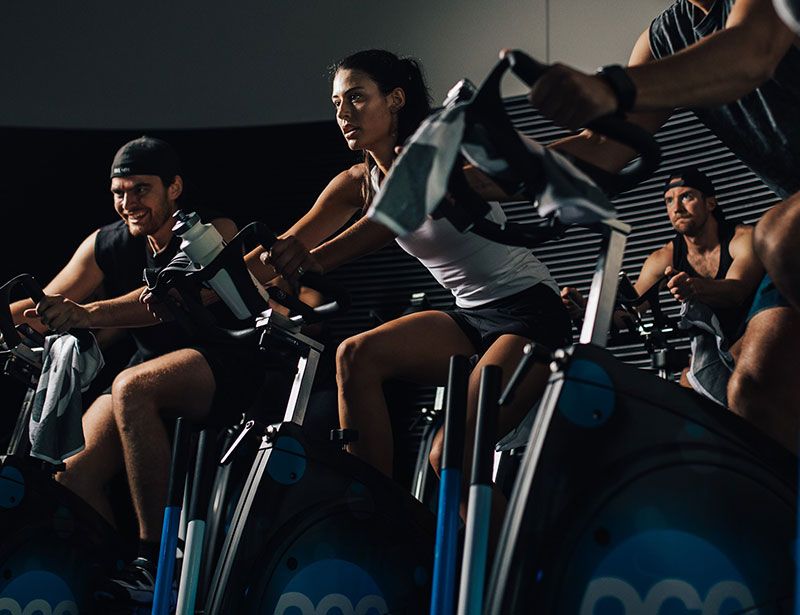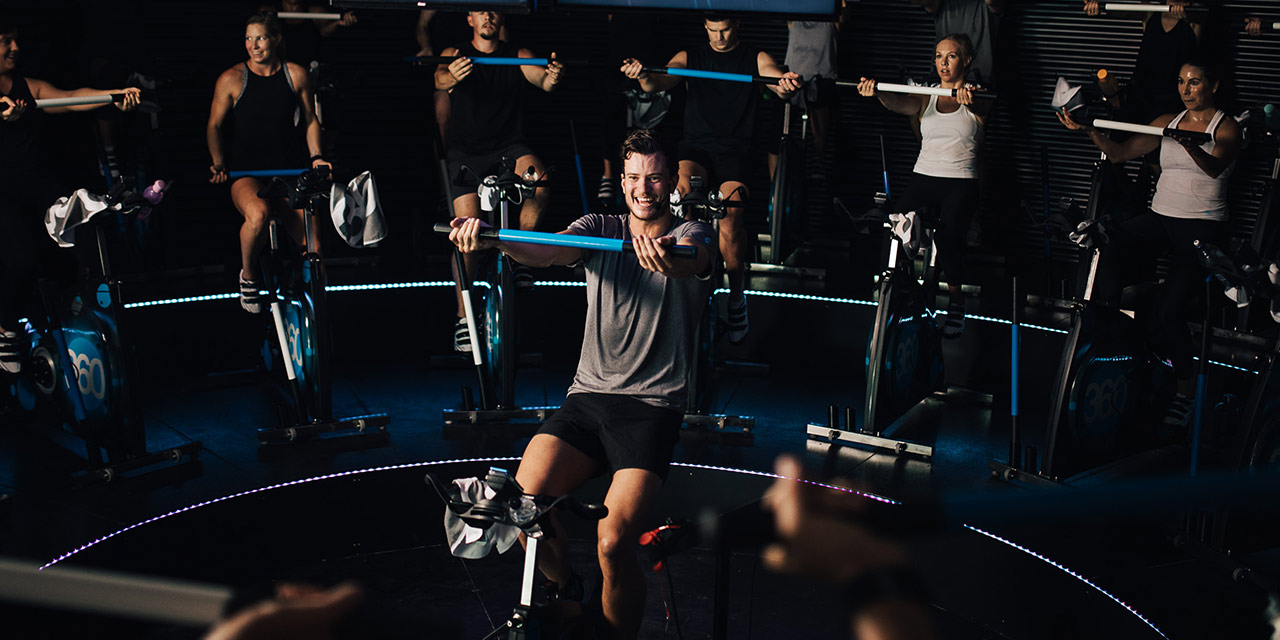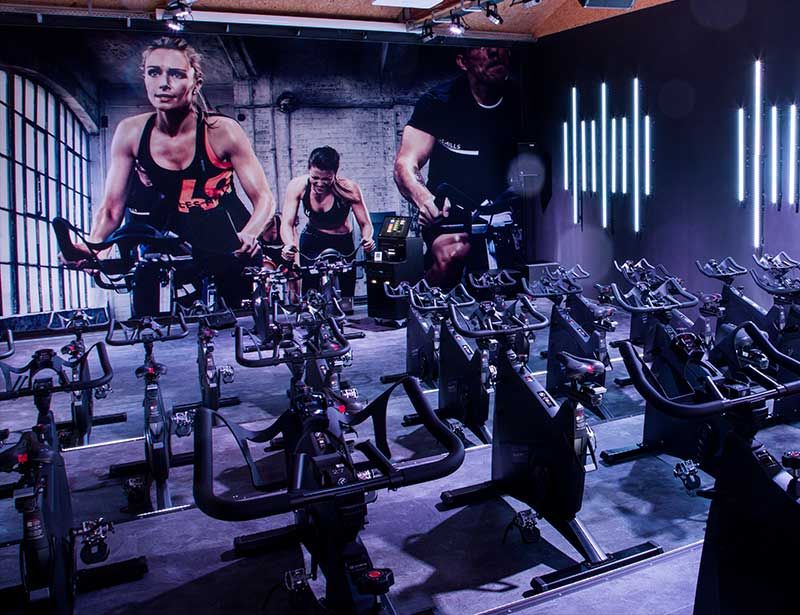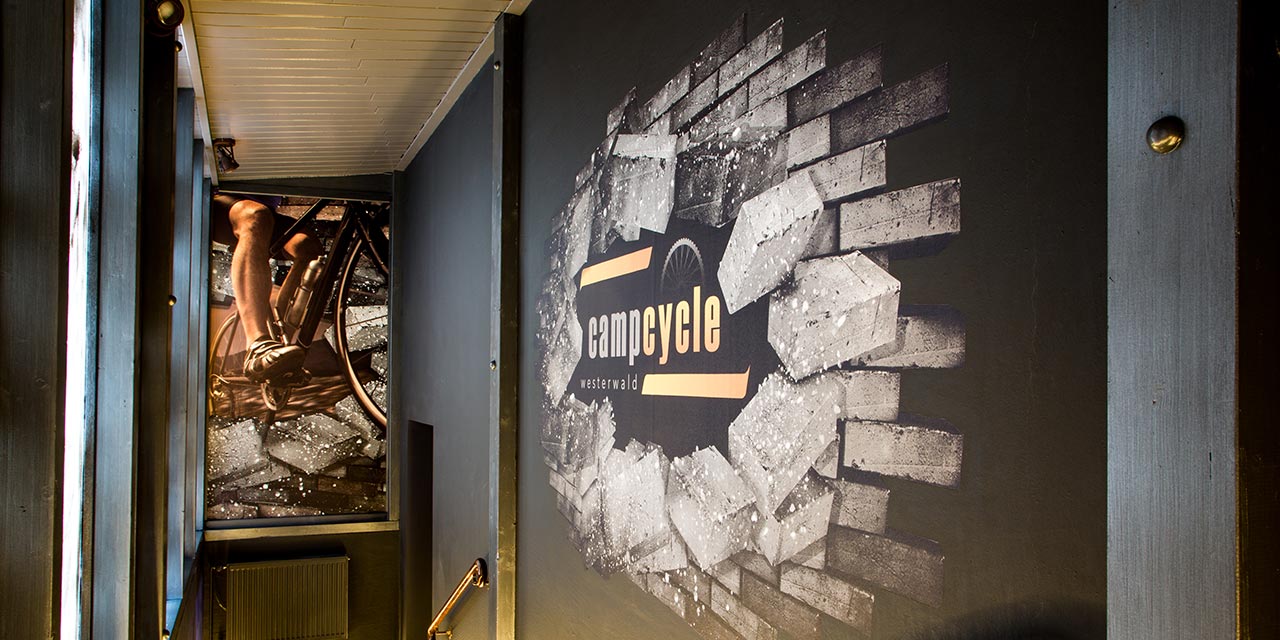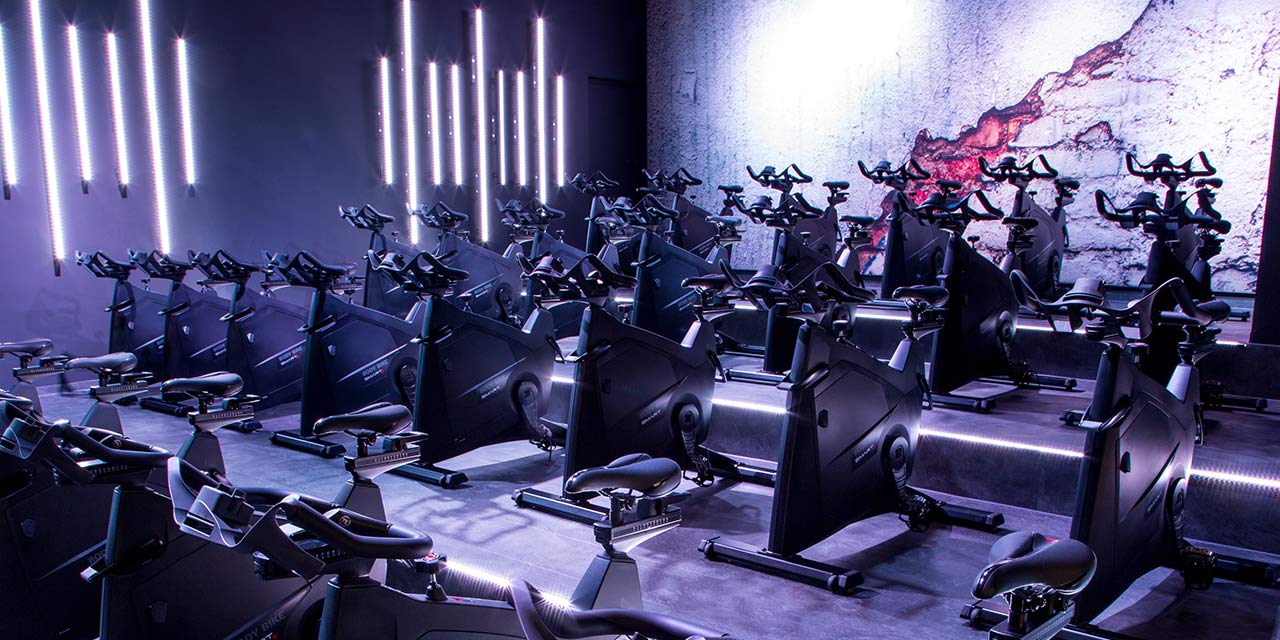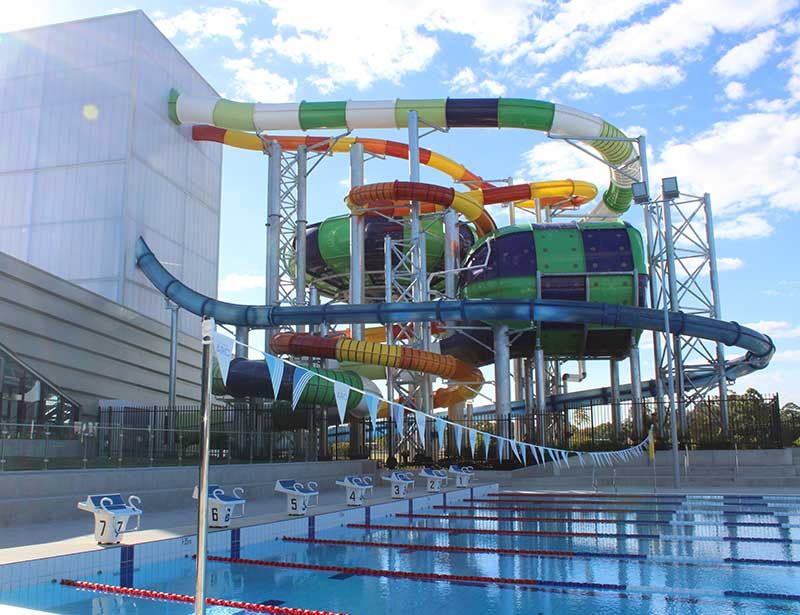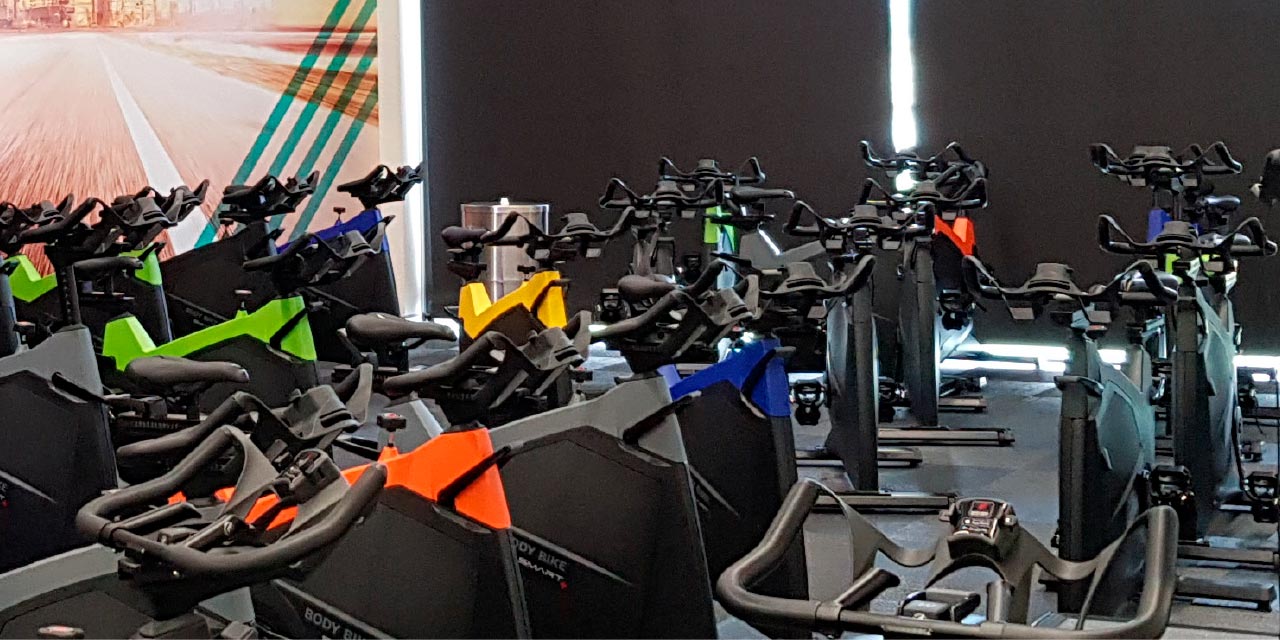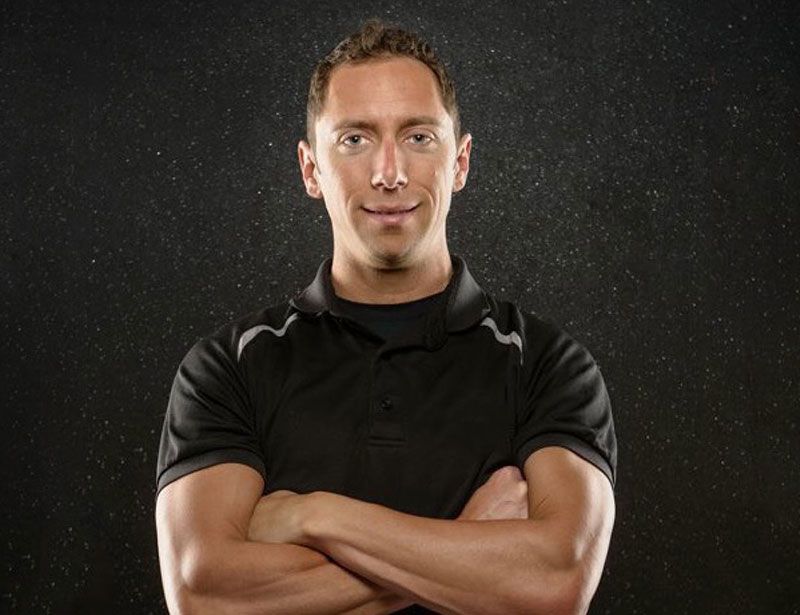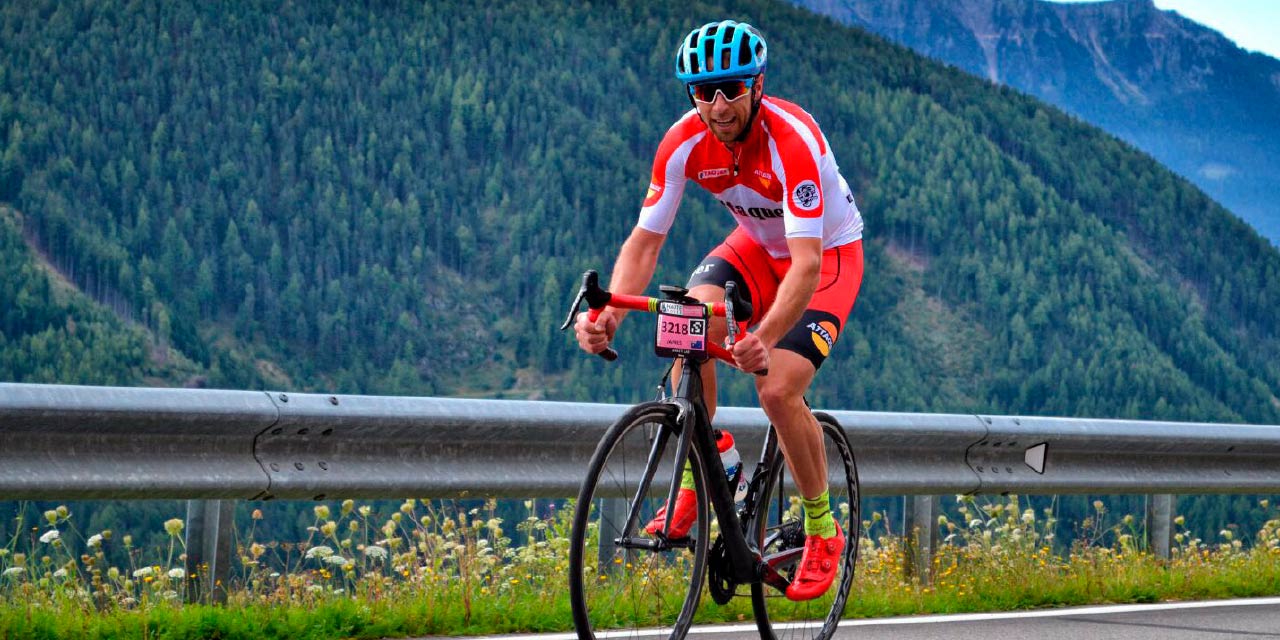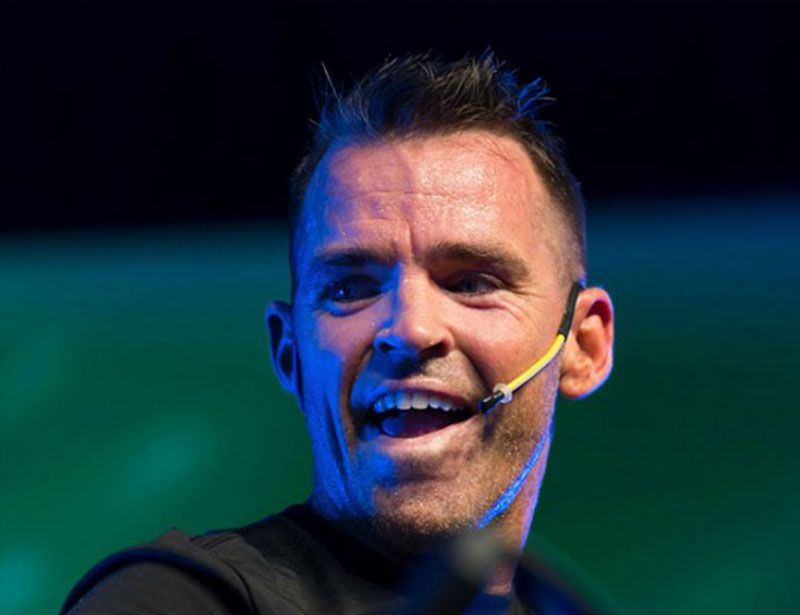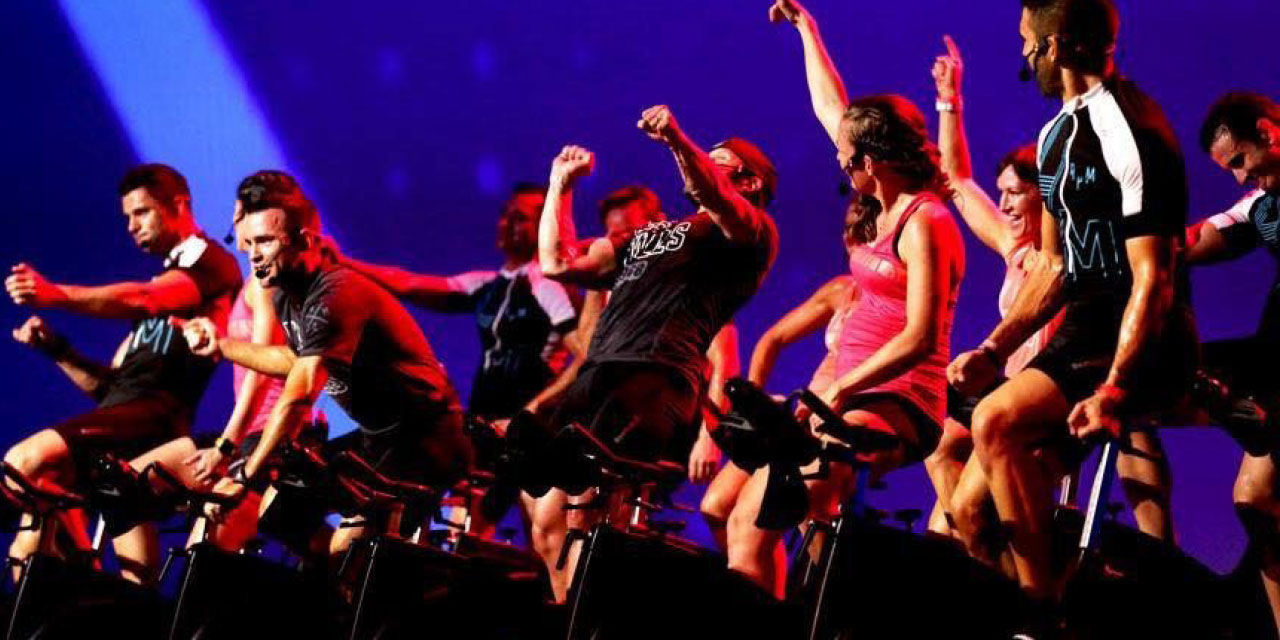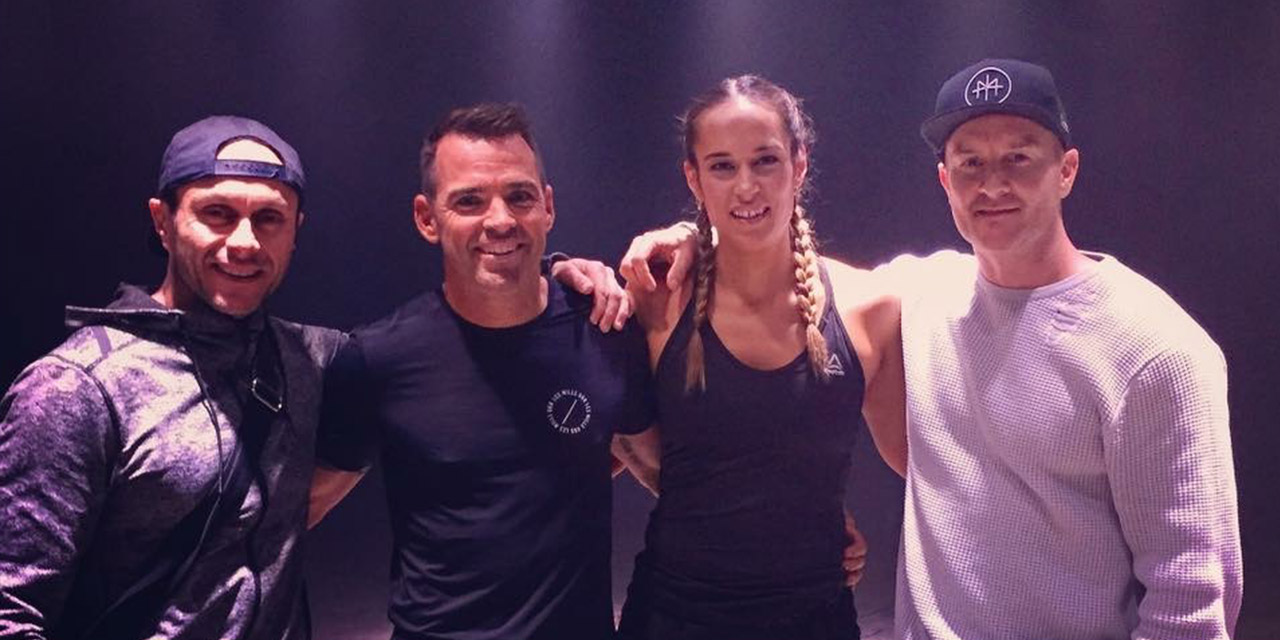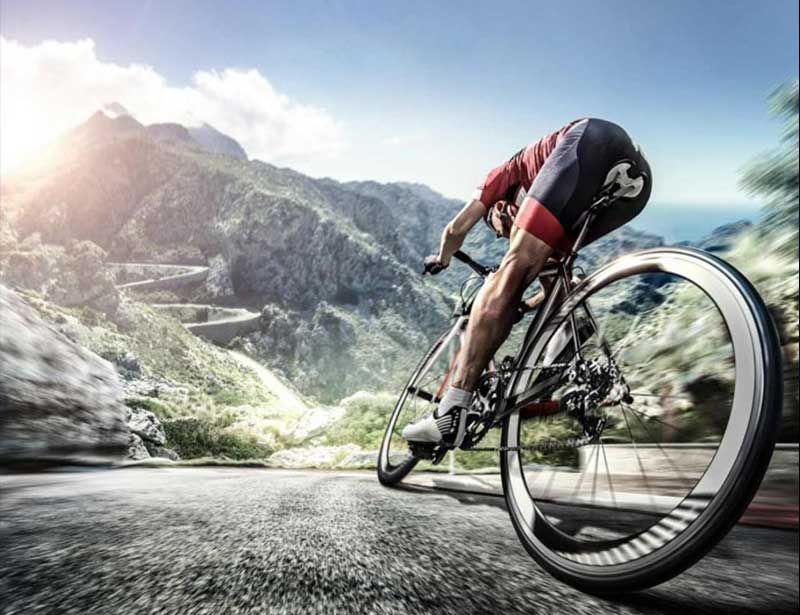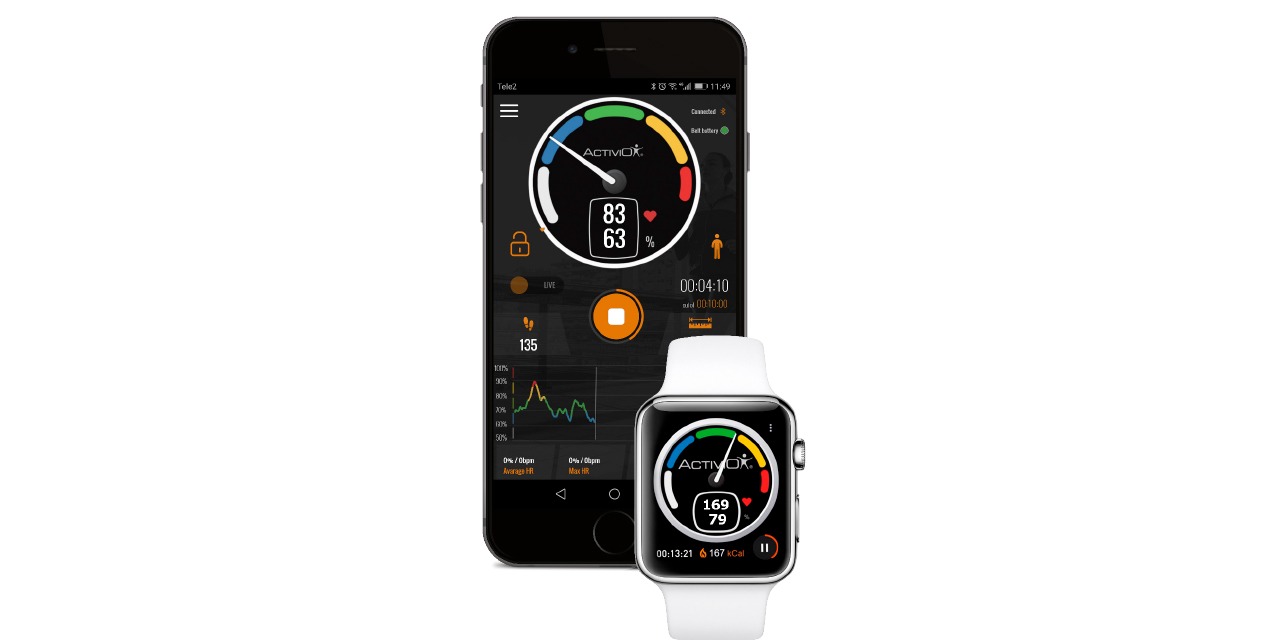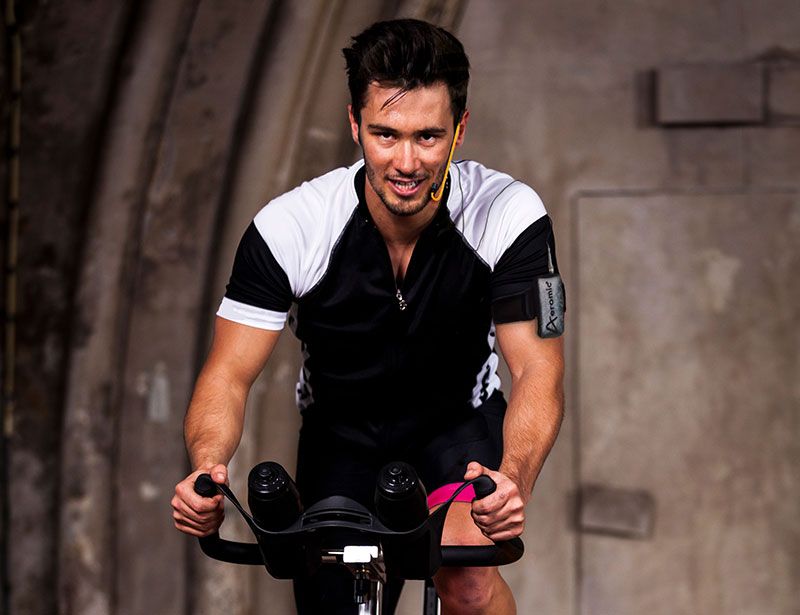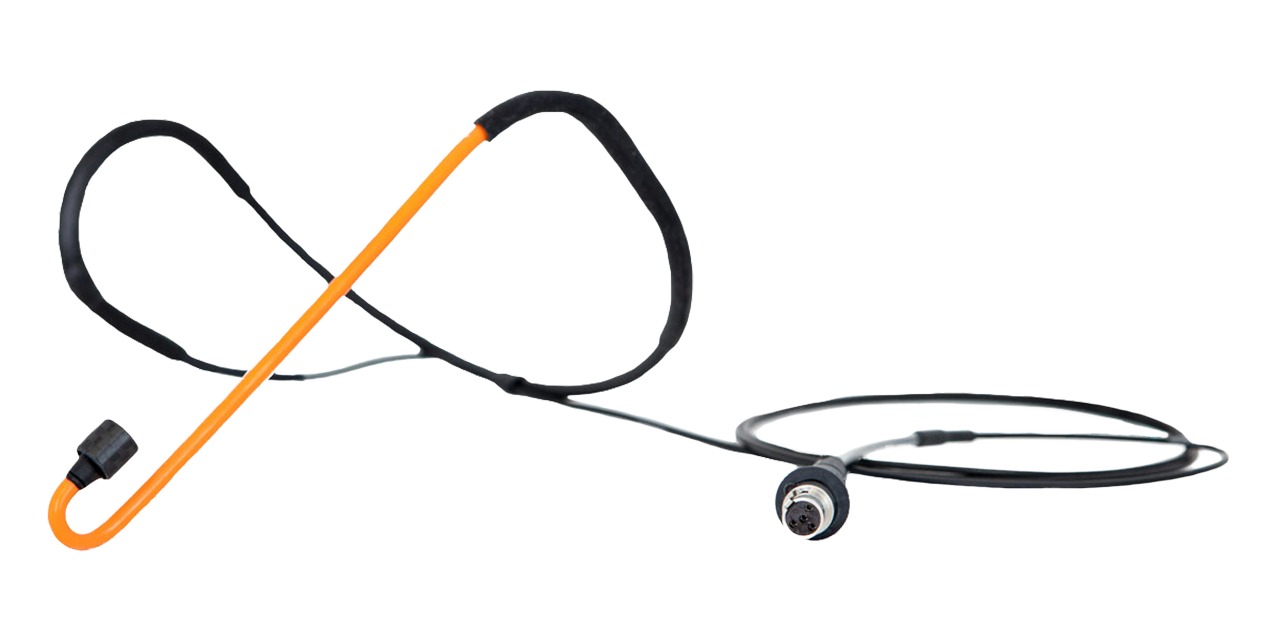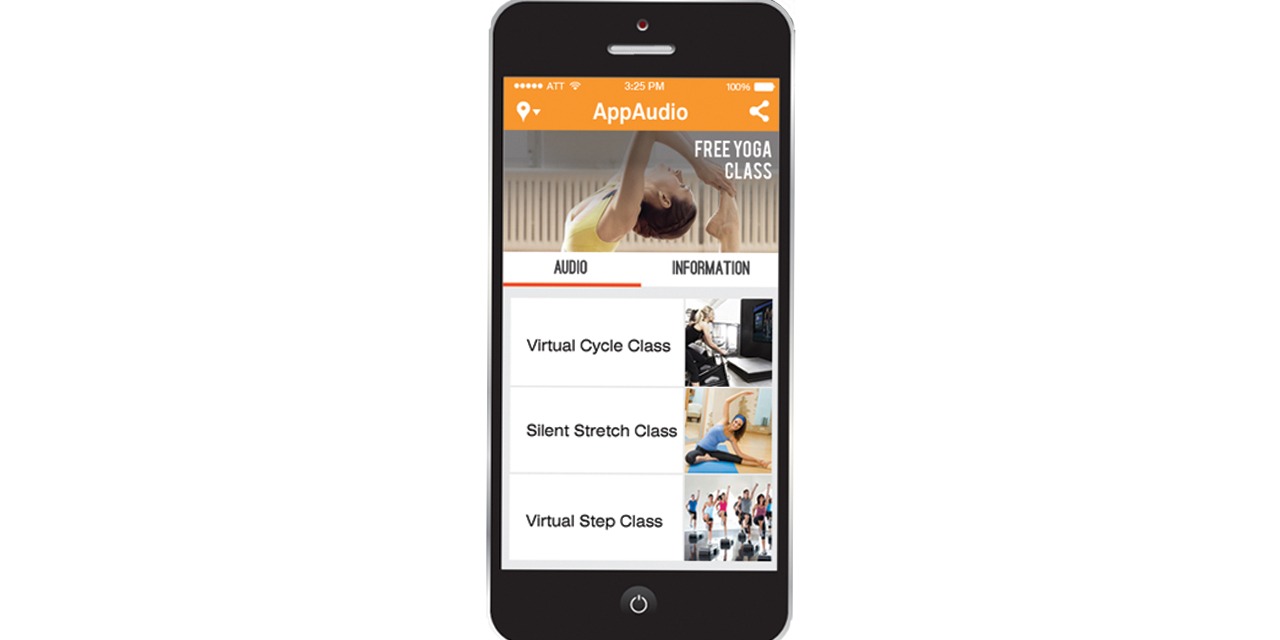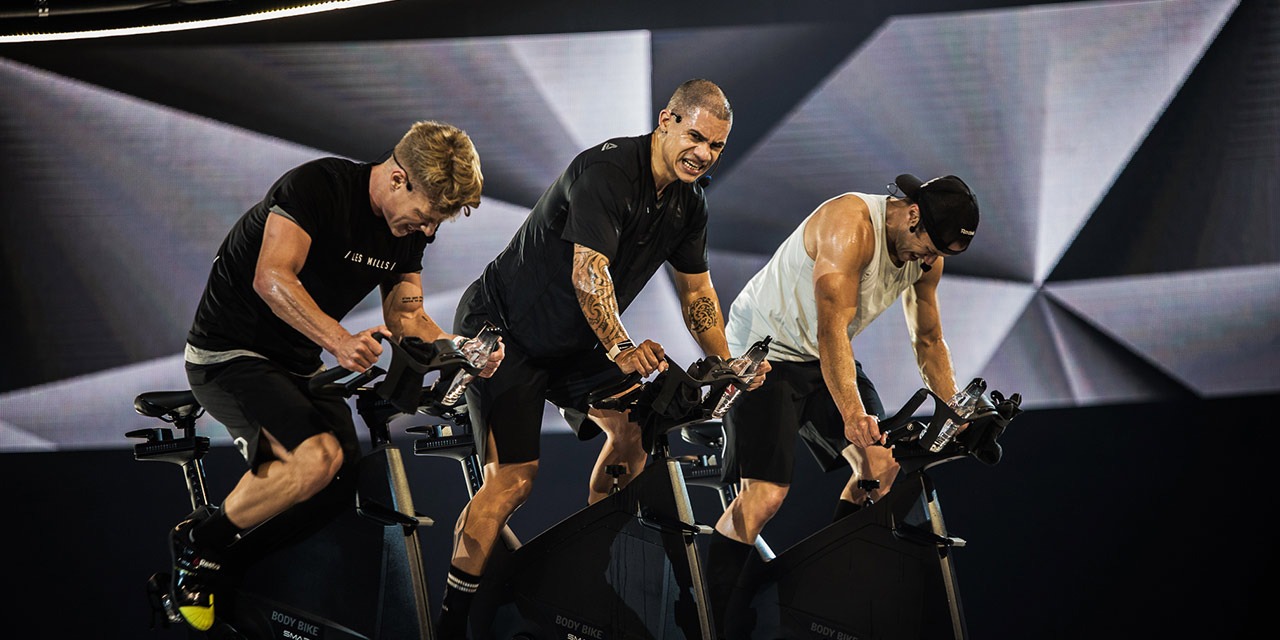Boutique cycle
Boutique cycling in Australia will no doubt follow a similar trend to that of North America, Europe and now in the Middle East, delivering fitness experiences in much the same specialized yet very individualized way as many of the great brands that have already been established in those markets such as Peloton, Soul Cycle & Cycle Bar.
Three examples of boutique indoor cycling
Australia is both the Earth’s smallest continent and the world’s largest island. The breadth of this land can be captured by three prime examples of how boutique indoor cycling is being done: The CUBE in Brisbane on the east coast; Studio360Cycle in the central south coast’s Adelaide; and Flyrider Republic in Perth on the west coast. That’s 4000km from east to west, yet all very Australian.
All three have their own take on what indoor cycling can be in their market. All are quite different in their approach when it comes to the programing offered. Yet all are underpinned by an identical passion of an owner and staff who believe in what they are doing.
Technology also claims its place in all three centers, though each does it differently.
“THEIR OWN TAKE ON WHAT INDOOR CYCLING CAN BE…”
The CUBE invested in SPIVY software with its 3D visualization system that places riders on a virtual road, with a big focus on delivering inclusive, cycling-inspired classes with a mix of freestyle and Les Mills workouts.
Studio360Cycle in Adelaide has developed its own cycling app, and its cycles have small tablets attached which allow the instructors to coach participants through ranges of cadence and levels of resistance – all done with amazing music booming out from a very high-end sound system. The tiered, circular studio is a first and if the success of the early days is anything to go by, it will not be the last.
Flyrider Republic in Perth has a blend of Freestyle cycle classes of 30-, 45-, 60- and even 90-minute duration. Its technology is capable of everything from simple heart rate tracking through to cycling as an animated competitor within a cycling race. The studio also pairs cycling with boxing to create something truly unique, and a real challenge for those looking to mix things up: you spend time on the bike before dismounting to go toe-to-toe with a wall-mounted punching buddy.
What it takes
Owners of boutiques cycle studios come frommany backgrounds, from former workers from within the ‘big box’ fitness centers – who have left that crazy hustle and bustle in order to, as they see it, do it better than could possibly be done – to ex-corporates looking to use their business expertise and fitness passion to create more than just a job.
But the success of the boutiques is not only down to these inspired owners, who with vision and drive created these businesses from a blank piece of paper. It’s also down to up-to-date instructors who act as amazing role models,
delivering great workouts that offer so much for so many; and to excellent front desk staff, who as the first point of contact can make or break an experience for a customer.
As boutique cycling continues to grow in Australia, the range of what is offered to customers will continue to evolve, with amazingly shaped studios featuring incredible lighting, cinema quality sound, engaging technologies and first-class instructors playing skin-tingling music – all resulting in a workout that will make us all sweat while also making us smile. It will be exciting to see what happens next Down Under….

